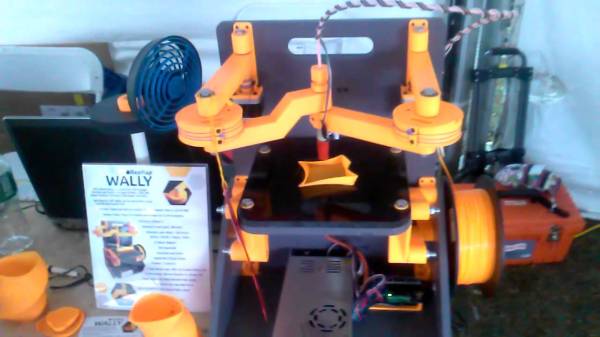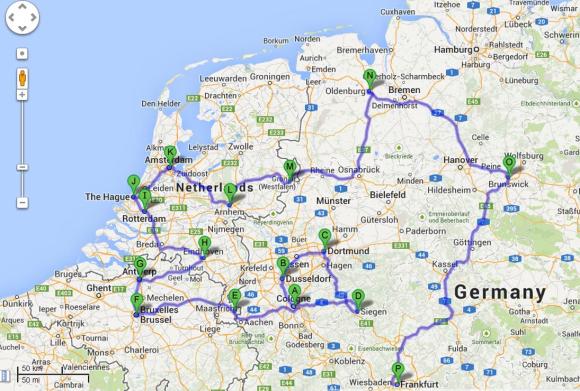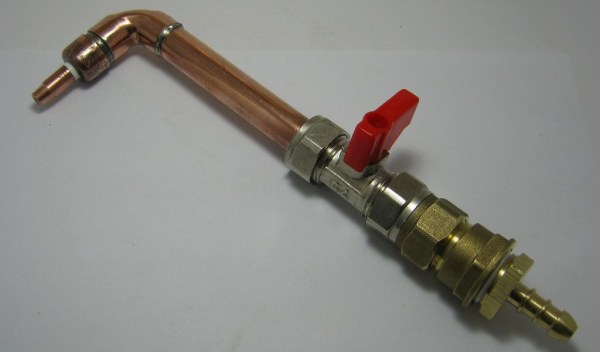
Do you have a laser cutter or CNC router? How much material do you waste from project to project due to inefficient part packing? Enter PACCAM, a software interface designed by [Daniel Saakes] to aid in efficient 2D part packing.
Using a cheap webcam, it is possible to capture the outline of used material, exactly where it is located in the CNC machine. The software then can limit your workspace to the material available in the machine. New parts can then be dragged into place, automatically avoiding interferences — certain algorithms also exist to utilize the remaining material most efficiently.
Looking to engrave custom items? The software can do that too by showing you the material (or in this case, object), you can simply drag your design onto the material available, without having to worry about aligning your object inside the CNC machine!
In the video after the break, [Daniel] shows just how powerful and useful the software is by putting a crooked, cookie-cutter riddled piece of material in the machine, and then using the software to cut new parts out of what would be scrap material in any other shop.
















